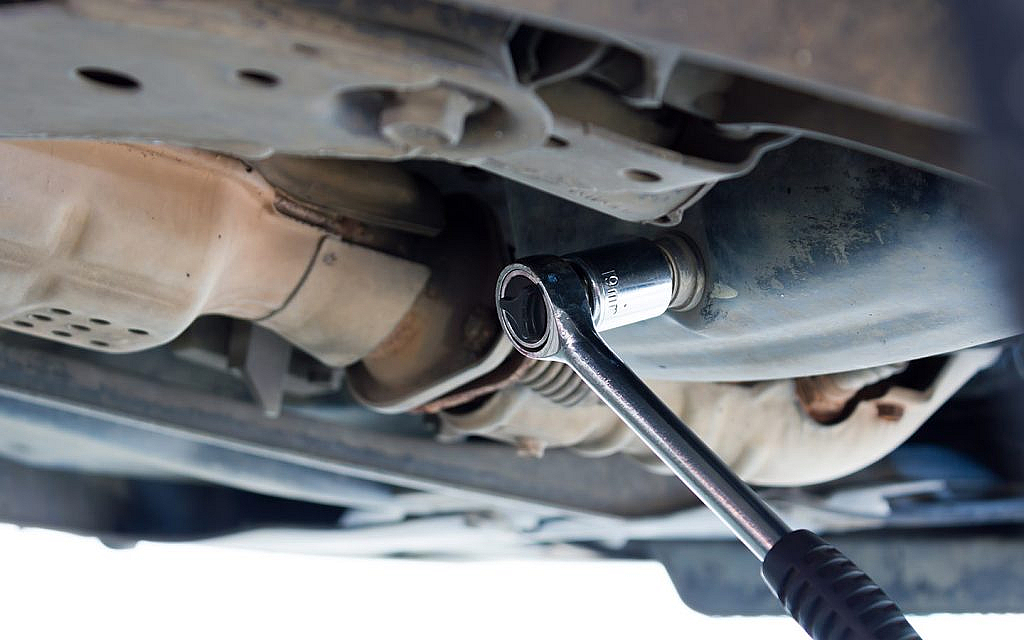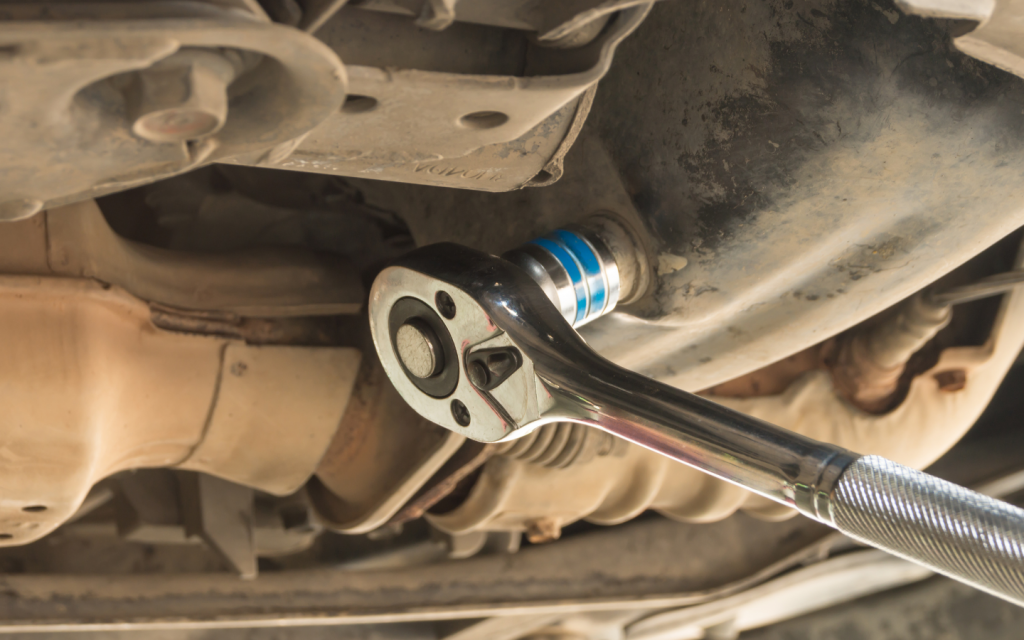How to Fix Oil Leaking From the Drain Plug
An oil leak from the drain plug is one of the most common maintenance issues vehicle owners encounter. While it may appear minor, neglecting it can lead to significant engine damage and costly repairs over time. The drain plug plays a vital role in keeping the engine oil sealed within the oil pan and even a small fault in its fitting or components can compromise this seal. Understanding the causes, identifying the source accurately and applying the correct fix are essential steps in maintaining an engine’s performance and longevity.
Causes of oil leak from the drain plug
The drain plug sits at the bottom of an engine’s oil pan and allows old oil to be drained during oil changes. Over time, certain issues can lead to leaks, including:
- Worn or damaged washer (gasket)
- Loose plug after an oil change
- Over-tightened plug that damaged threads
- The cross-threaded plug was installed incorrectly
- Cracked or corroded oil pan
Steps to fix the oil leak from the drain plug

Here are some steps to help prevent oil from leaking from the drain plug:
Step 1: Confirm the Leak
Before fixing the problem, make sure the oil is actually leaking from the drain plug.
- Clean the plug and the surrounding area with a rag.
- Start the car and let it idle for a few minutes.
- Turn off the engine and look for fresh drips around the plug.
If oil appears to be coming from higher up, such as around the oil filter or valve cover, the drain plug isn’t the source.
Step 2: Tighten the Plug
Sometimes, the plug just needs to be properly tightened.
- Use a wrench to gently tighten the plug clockwise.
- Avoid over-tightening to prevent stripping the threads.
- The correct torque is usually between 27 to 40 Nm.
If tightening stops the leak, the process is done. If not, continue to the next step.
Step 3: Replace the Washer
A damaged or missing washer is one of the most common reasons for oil leaks.
- Place a drain pan under the plug and remove it.
- Let the oil drain completely.
- Remove the old washer and replace it with a new one.
- Reinstall the plug and tighten it to the correct torque.
- Refill the engine with oil and check again for leaks.
Step 4: Check the Threads
If the oil leaking from the drain plug continues, the threads on the plug or oil pan may be damaged.
- Remove the plug and scrutinise the threads.
- Replace the plug if only its threads are worn.
- Use a thread repair kit (such as a Helicoil) if the oil pan threads are stripped.
- Reinstall the plug correctly to ensure a tight seal.
Step 5: Replace the Plug

If the plug itself looks worn or doesn’t fit tightly, it’s best to replace it.
- Purchase a new drain plug that matches the vehicle’s specifications.
- Consider using a magnetic drain plug or one with a built-in sealing washer.
- Install it securely without over-tightening.
Step 6: Address Major Damage
If the oil pan is cracked or heavily corroded, replacing the plug won’t fix the issue.
- Have the oil pan inspected by a mechanic. Drivers can visit a car repair shop in Dubai or any other emirate for professional assistance.
- Replace the oil pan if it’s damaged beyond repair.
Tips to Prevent Future Leaks
To avoid future oil drain plug leaks, make sure to keep these pointers in check:
- Replace the washer every time the car oil is changed.
- Don’t over-tighten the drain plug.
- Check the plug and pan regularly for signs of wear or rust.
FAQs
What are the symptoms of oil leaking from the drain plug?
Common symptoms of an oil leak from the drain plug include visible oil spots under the car, a burning oil smell, low oil levels or an illuminated oil warning light on the dashboard.
Is it safe to drive if my oil is leaking from the drain plug?
It’s not safe to drive with an oil leak from the drain plug, as losing oil can lead to engine overheating and severe damage if the oil level drops too low.
What tools do I need to properly tighten the drain plug?
You’ll need a wrench or socket set and a torque wrench to tighten the drain plug correctly.
Oil leaking from the drain plug might seem minor, but ignoring it can lead to serious engine problems. Most leaks are caused by simple issues like a worn washer or loose plug, which can be fixed with basic tools. By spotting the problem early and using the right replacement parts, car owners can protect the engine and keep their vehicle running smoothly. However, if such issues persist, it is time for an upgrade. To buy another ride for the daily commutes, browse through these new cars for sale in the UAE and select from a myriad of options.
To learn more car fixes, DIY tips and maintenance tips, keep reading dubizzle’s autos blog.
Comments
Post a Comment